Cold Calling By Email Strategies For Beginners: The Ultimate 2025 Guide
In today’s fast-paced digital world, cold calling by email has become one of the most effective and non-intrusive ways to reach potential clients. Gone are the days when cold calling meant endless phone conversations that often led to rejection. In 2025, businesses and sales professionals are embracing smarter, data-driven, and more personalized email strategies to generate leads, nurture relationships, and close deals faster.
This guide, “Cold Calling by Email Strategies for Beginners: The Ultimate 2025 Guide,” is designed to help newcomers understand how to use cold emails as a powerful outreach tool. You’ll learn how to craft compelling subject lines, personalize your messages for maximum engagement, and build trust with your audience — all while staying compliant with modern email regulations. Whether you’re an entrepreneur, marketer, or salesperson looking to expand your reach, this guide will give you the tools and confidence to turn cold prospects into warm leads through effective email communication.
Understanding Cold Calling by Email: Definition and Importance
Cold calling by email, commonly known as cold emailing, is a proactive sales outreach strategy where businesses contact potential prospects—cold leads—through email campaigns without previous engagement. Unlike traditional cold calling scripts executed via phone, cold emailing leverages the power of email marketing and automation to nurture leads efficiently within the sales funnel. This approach helps B2B sales teams introduce their value proposition and initiate conversations that lead to customer acquisition.
In 2025, cold emailing remains a critical pillar of outbound marketing and lead generation. Sales prospecting tools like Outreach.io, Mailshake, and Lemlist empower sales teams to automate email sequences and follow-up emails, thereby increasing response rates and conversion rates. Cold emailing can be integrated with CRM platforms such as HubSpot, Salesforce, and Pipedrive, allowing for seamless contact management and sales pipeline management.
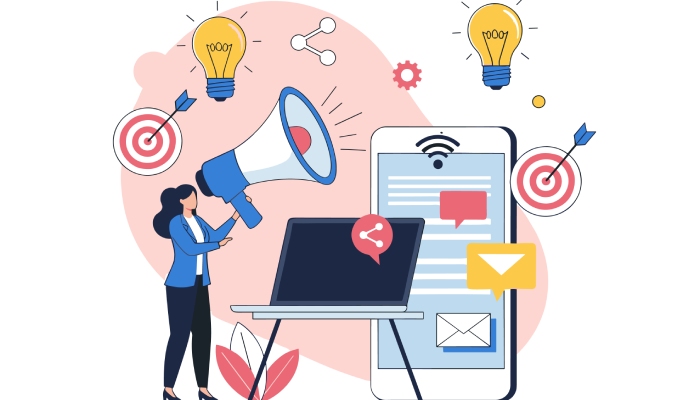
The importance of cold calling by email also rests on email personalization: crafting tailored messages that resonate with a prospect’s pain points, industry, or role. Personalization significantly boosts email open rates and prospect engagement, also contributing to better email deliverability by reducing bounce rates and avoiding spam filters.
Why Cold Calling by Email is Essential in 2025
The year 2025 ushers in new challenges and regulations in email outreach, such as GDPR compliance and CAN-SPAM compliance requirements, making it more crucial to adopt sophisticated cold emailing tactics. The volume of inbound marketing leads can be overwhelming for many sales teams, thus cold emailing aids in expanding the pipeline with high-quality prospects through outbound marketing.
Email automation and marketing automation tools like ActiveCampaign, Marketo, and Keap (Infusionsoft) enable companies to design scalable email drip campaigns and carefully segmented prospect lists, transforming cold leads into warm leads via strategic lead nurturing. These tools also provide advanced email tracking and response management features to keep sales enablement teams informed on campaign effectiveness through email marketing metrics.
Moreover, cold emailing offers a measurable way to optimize sales outreach strategy through A/B testing emails on subject lines, call to action placements, and email templates. With actionable data on bounce rates, response rates, and email open rates, sales teams can iterate on campaigns rapidly, sustaining high email reputation and maximizing customer acquisition potential.
Industry thought leaders such as Aaron Ross, Grant Cardone, and Gary Vaynerchuk have long championed cold emailing as a scalable, cost-effective method for sales prospecting, especially in complex B2B environments.
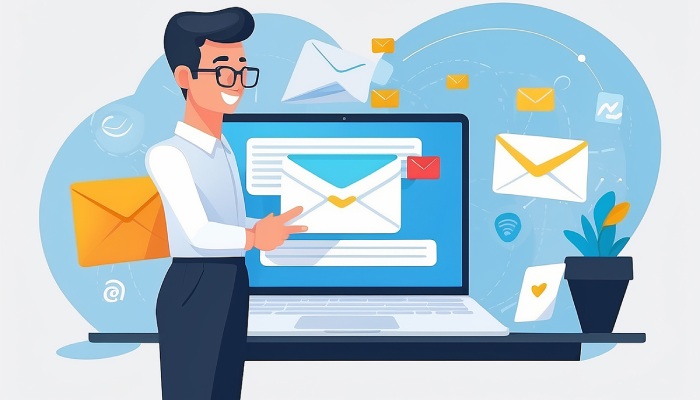
Setting Clear Goals for Your Cold Email Campaigns
Before launching any cold email sequence, defining clear, measurable goals is vital for successful lead generation and prospect qualification. Align these objectives with broader business targets in customer acquisition and sales funnel management. For example:
- Increase email open rates by 20% by optimizing email subject lines using tools like Mixmax or Yesware for email tracking.
- Improve response rates by 15% through personalized value propositions tailored to each target audience segment.
- Reduce bounce rates by 10% by maintaining rigorous email list hygiene through BuzzStream or Apollo.io.
- Generate 50 qualified sales leads within the quarter, integrating email campaigns with your CRM such as Zendesk Sell or Close.io for seamless sales pipeline management.
When objectives are clear, use sales prospecting tools to segment your target audience based on firmographic data, company size, previous interactions, and lead scoring. This approach enables more precise sales qualification and prospect engagement.
Additionally, operationalize can-spam compliance and GDPR compliance practices as non-negotiable goals. This involves setting up opt-out mechanisms and respecting data privacy to preserve email reputation and avoid detrimental bounce rates or spam filtering.
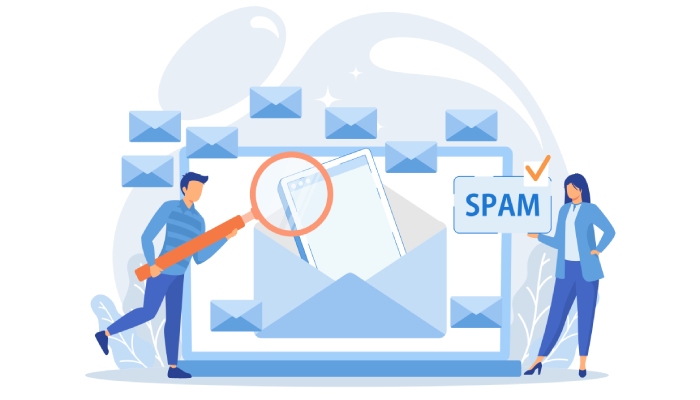
Researching and Building Your Target Email List
Effective cold calling by email starts with building a qualified email list anchored in your ideal customer profile. Email list building should combine inbound marketing insights and outbound lead prospecting strategies.
Use sales prospecting tools like Apollo.io, BuzzStream, and Reply.io to collect accurate contact information, validated email addresses, and segmented lead lists. These platforms help maintain email list hygiene by routinely removing invalid or outdated contacts, which reduces bounce rates and protects your domain’s email reputation.
Combining CRM integration (HubSpot, Pipedrive, Salesforce) with marketing automation platforms (GetResponse, Constant Contact, ConvertKit) allows synchronization of new leads across your systems, enhancing contact management accuracy and centralizing communication history for lead nurturing.
Segment your list based on relevance to your value proposition, role, industry, and organization size—this increases the relevance of your cold emails to your prospects and helps prioritize outreach to warm leads that are more likely to convert.
Bear in mind that cold email success also depends on respecting privacy laws and email marketing compliance regulations, so verify that your contact list adheres to relevant data protection legislation.
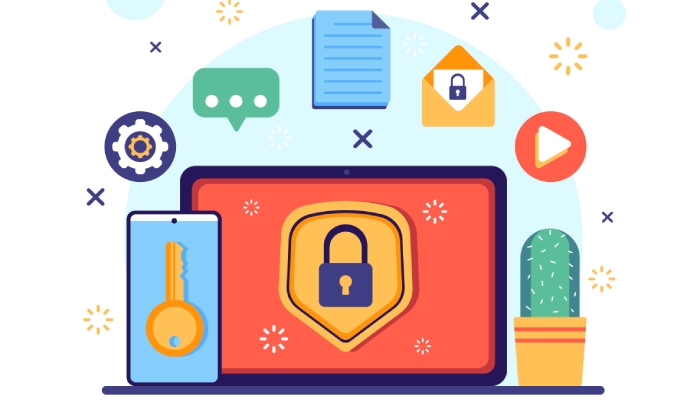
Crafting the Perfect Cold Email Subject Line
The email subject line is the gateway to improving email open rates—the critical first metric in any cold email campaign. Crafting compelling subject lines demands a nuanced understanding of your target audience’s pain points combined with clear value messaging.
To increase prospect engagement, subject lines should be concise, relevant, and personalized where possible. Using sales outreach tools like Lemlist and Woodpecker, which allow dynamic insertion of personalization tokens, can boost open rates substantially.
Applying A/B testing emails to subject lines is crucial for optimizing the performance of your email marketing. Test different approaches such as curiosity-driven, benefit-focused, or question-based subject lines to identify what resonates best with your audience.
Strong subject lines should also align with your overall sales outreach strategy and be consistent with your email templates’ tone. Avoid spammy or clickbait phrases which can trigger spam filters, negatively impacting email deliverability and bounce rates.
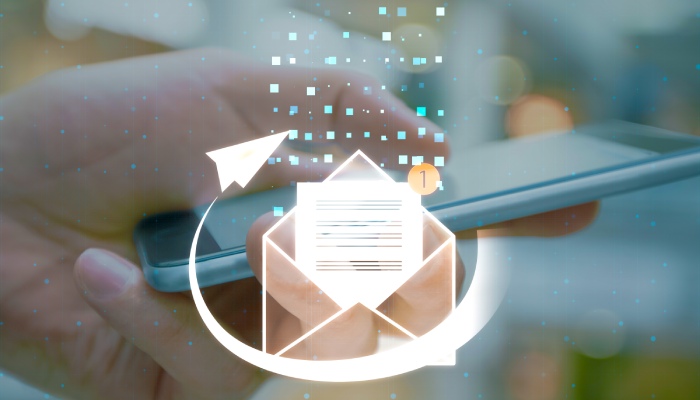
Incorporate a clear call to action in the email’s body content that matches the promise or question posed in the subject line, ensuring a cohesive user experience that leads prospects down the sales funnel from cold leads to qualified opportunities.
This foundational section arms beginners with critical insights into cold calling by email in 2025, emphasizing the significance of research, compliance, personalization, and performance measurement in successful email marketing-driven sales outreach initiatives.
Writing Compelling and Personalized Email Body Content
Successful cold emailing and broader email marketing efforts hinge on crafting email body content that resonates with your target audience. Personalization is a critical component here; it transcends using just the recipient’s name and extends into tailoring the value proposition according to the prospect segmentation conducted during lead generation. B2B sales professionals can leverage data from CRM integration tools like Salesforce or HubSpot to understand prospects’ pain points and align the email messaging accordingly.
A strong sales outreach strategy begins with clearly articulating the prospect’s challenges followed by demonstrating how your product or service offers a unique solution. Incorporating concise, benefit-driven language in email templates enhances engagement, while a compelling call to action (CTA) guides prospects seamlessly through the sales funnel. Experts like Aaron Ross emphasize the importance of value over volume in cold emailing to increase conversion rates and response rates effectively.
Moreover, including social proof or customer testimonials right in the email body content can build trust and credibility, helping turn cold leads into warm leads. Employing email personalization tactics combined with relevant segmentation nurtures prospects effectively through email drip campaigns, which are part of marketing automation initiatives powered by platforms such as ActiveCampaign and Marketo.
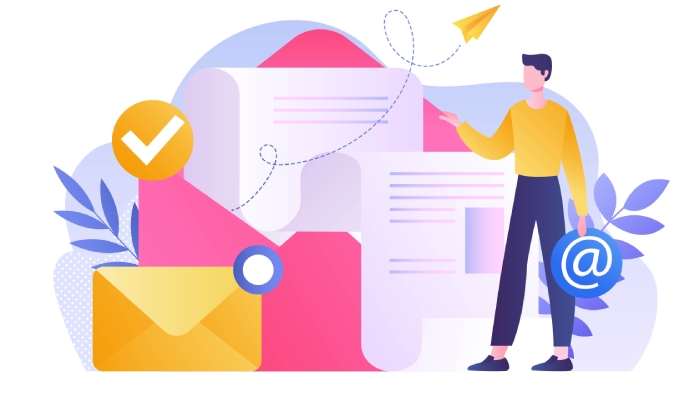
Best Practices for Email Formatting and Design
Plain text emails often have higher email deliverability and can bypass spam filters more reliably, but well-designed emails that are visually engaging also have their place in email campaigns. Maintaining clarity, focusing on readability, and avoiding information overload in email body content should be prioritized. Properly formatted emails with short paragraphs, bullet points, and strategic use of bold to highlight CTAs improve email open rates and response management.
Using responsive design ensures your emails render well across devices, whether prospects use desktop or mobile, enhancing prospect engagement. Additionally, avoiding heavy graphics and excessive hyperlinks can maintain a positive email reputation and reduce bounce rates. Email marketing platforms such as SendGrid, ConvertKit, or GetResponse provide a variety of email templates that incorporate these best practices while still allowing customization.
A/B testing emails is also essential for discovering what works best for your audience—from layout choices to email subject lines. Prospects segmented by sales prospecting tools like Outreach.io or SalesLoft can receive emails tailored by format that appeals most to their engagement patterns, further optimizing conversion rates.
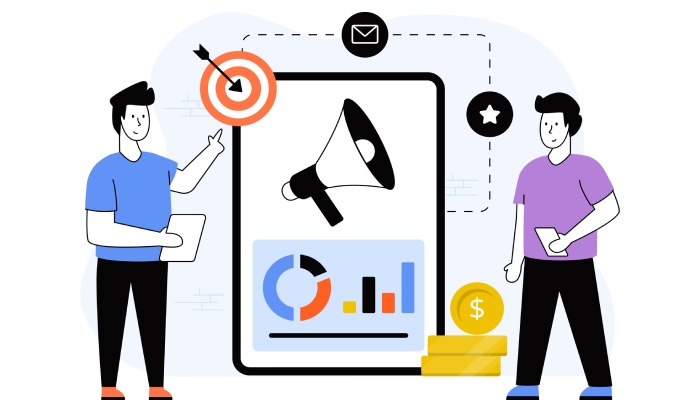
Timing and Frequency: When and How Often to Send Emails
When it comes to timing, sending emails at the optimal moment significantly impacts email deliverability and open rates. Studies suggest that midweek days — particularly Tuesday through Thursday — tend to yield higher response rates for B2B sales prospects. Tools like Mixmax and Reply.io offer email tracking and scheduling capabilities to identify and automate the best send times based on individual prospect engagement data, promoting efficient prospecting efforts.
Balancing frequency is equally important. Bombarding cold leads with excessive follow-up emails can lead to higher unsubscribe rates or spam complaints, which negatively affect email deliverability. Conversely, infrequent touchpoints risk losing the prospect’s interest in the sales funnel. Many sales enablement professionals recommend a cadence of three to five touches using email sequences interspersed with cold calling scripts or social outreach, adapting to prospect behavior signals—all tracked via CRM solutions like Pipedrive or Close.io.
Outbound marketing initiatives utilizing email automation allow marketers to set customized cadence and frequency rules, ensuring compliance with can-spam compliance and GDPR compliance laws, and aligning timing with inbound marketing tactics to maximize lead nurturing potential.
Using Automation Tools for Efficient Cold Email Outreach
The rise of marketing automation and email automation has revolutionized cold emailing by enabling personalization at scale. Platforms such as Woodpecker, Mailshake, Lemlist, and Apollo.io excel at managing email list building, segmentation, and executing large-scale outbound campaigns without sacrificing the personal touch needed to improve conversion rates.

CRM integration with tools like Zendesk Sell or Salesforce ensures seamless contact management and synchronizes email activities with the broader sales pipeline management system. This integration supports sales qualification by logging prospect engagement and automating lead status updates.
Automation also supports email drip campaigns intelligently designed to move cold leads through nurturing sequences until they become warm leads primed for sales outreach. Automated follow-up emails tailored according to prior responses minimize manual effort and keep response management organized.
Additionally, email tracking features embedded within systems like Yesware and Groove provide real-time insights into open rates and click-through rates, facilitating data-driven optimization of email marketing metrics.
Legal Considerations and Compliance with Email Marketing Laws
Navigating legal frameworks like can-spam compliance and GDPR compliance is fundamental for maintaining a reputable email marketing program, especially in B2B sales where data privacy regulations are stringent. Ensuring consent for email list building and maintaining email list hygiene prevents violations that can lead to significant penalties or damage to your email reputation and deliverability.
Every email, including cold emailing and follow-up emails, must include clear unsubscribe options, accurate sender information, and truthful subject lines. Marketing automation platforms such as Keap (Infusionsoft) and Marketo provide built-in tools for managing opt-outs and consent tracking to maintain compliance effortlessly.
Additionally, contact management systems should store and safeguard prospect data aligned with privacy laws. Email service providers like Constant Contact and SendGrid often offer compliance features to help maintain a clean bounce rate profile and prevent spam filters from flagging emails.
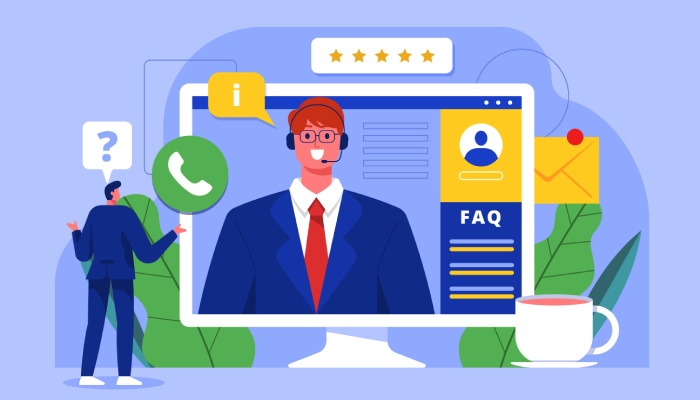
In summary, legal compliance in outbound marketing not only protects your organization but also builds trust, a cornerstone in nurturing leads and ultimately driving successful customer acquisition through ethical and effective email marketing practices.
Measuring Success: Key Metrics to Track Your Campaigns
Effective email marketing and cold emailing campaigns hinge on the ability to measure and analyze key email marketing metrics. These metrics provide actionable insights into the performance of your sales outreach and guide optimizations to improve lead generation and customer acquisition.
Email Open Rates serve as an early indicator of your cold calling email’s effectiveness, largely influenced by your email subject lines and sender reputation. Utilizing A/B testing emails on subject lines and sender names within platforms like Mailshake, Lemlist, and Outreach.io can significantly enhance open rates by identifying what resonates best with your target audience.
Response Rates gauge prospect engagement and help determine the success of your email sequences and call to action. Integration of sales prospecting tools such as Yesware and Reply.io into your CRM (e.g., Salesforce or HubSpot) allows precise tracking of responses to follow-up emails, enabling real-time response management and improving conversion rates.
Bounce Rates and Email Deliverability are crucial for maintaining a healthy email reputation. Bounce rates, which reflect undeliverable emails, can be minimized by employing email list hygiene practices and utilizing tools like SendGrid or Constant Contact for email list building and validation. Monitoring spam filters and ensuring CAN-SPAM and GDPR compliance also helps protect your domain from deliverability penalties.
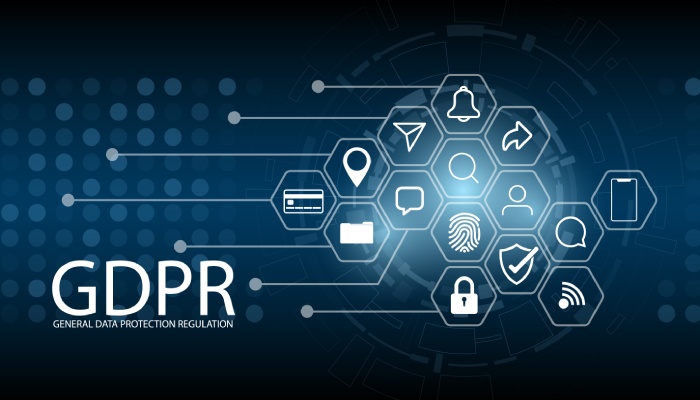
Conversion Rates measure the ultimate goal of the sales funnel, indicating how many prospects progressed to become customers. Platforms like ActiveCampaign and Keap (Infusionsoft) enable tracking of conversion events and automate lead nurturing with email drip campaigns, smoothly guiding cold leads through the sales pipeline.
Common Mistakes Beginners Make and How to Avoid Them
Newcomers to cold emailing often fall victim to several pitfalls that undermine their campaigns:
- Lack of Email Personalization: Sending generic cold calling scripts without relevance to the prospect’s industry or pain points reduces engagement. Leveraging personalization tokens available with marketing automation tools such as Pipedrive or Groove helps tailor content and increase prospect engagement.
- Ignoring Email List Hygiene: Sending emails to outdated or unverified contacts inflates bounce rates and damages email reputation. Regular cleaning of email lists with BuzzStream or Apollo.io ensures higher deliverability and compliance.
- Overlooking Follow-up Emails: Many beginners send a single outreach email and give up. Studies from sales experts like Aaron Ross emphasize the significance of systematic follow-up emails to warm leads to boost response rates.
- Neglecting GDPR and CAN-SPAM Compliance: Failure to meet legal obligations can result in penalties and reputational damage. Ensuring clear opt-out options and properly managing contact permissions is essential, supported by CRM integration with compliance-centric platforms like Marketo.
- Using Overly Salesy Language: Overly pushy emails risk triggering spam filters and losing prospects. Instead, crafting messages with a clear value proposition and subtle calls to action using tools like Nureply, as advised by Gary Vaynerchuk and Grant Cardone, creates more authentic connections.

Case Studies: Successful Cold Calling by Email Examples in 2025
Modern B2B sales outreach campaigns are successfully combining automation, segmentation, and personalized email templates to optimize results.
- Tech Startup Using Outreach.io: A SaaS company increased their conversion rates by 30% by deploying segmented email sequences targeting cold leads based on industry and company size. Their CRM integration with Salesforce enabled real-time email tracking and response management, fostering efficient lead qualification and pipeline acceleration.
- Financial Services Firm with Lemlist: By utilizing hyper-personalized subject lines and a multi-step email drip campaign, the firm increased email open rates by 45%. Their blend of inbound marketing touches and outbound email campaigns with well-timed follow-up emails led to a 25% uplift in customer acquisition.
- Consulting Agency Leveraging Woodpecker: Employing A/B testing emails on their cold calling scripts, the agency identified the most effective call to action combinations. They focused on maintaining list hygiene and adherence to CAN-SPAM compliance, reducing bounce rates by 15% and improving response rates significantly.
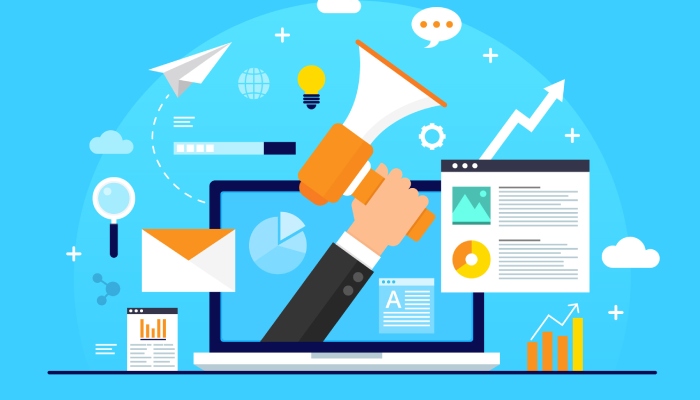
Tips for Scaling Up Your Cold Email Strategy
Scaling cold emailing requires strategic enhancements to maintain efficiency and prospect engagement:
- Leverage Email Automation and CRM Integration: Tools like SalesLoft, Close.io, and Zendesk Sell streamline prospect segmentation, automate follow-up emails, and track email sequences within the sales pipeline.
- Invest in Sales Prospecting Tools: Using Apollo.io, BuzzStream, or Mixmax supports efficient email list building and contact management, enabling timely sales qualification and lead nurturing.
- Refine Your Sales Outreach Strategy via Data: Use email marketing metrics to identify bottlenecks in your sales funnel. Incorporate insights from Jebbit’s engagement analytics or Mixmax’s email tracking to optimize email subject lines and personalize messaging.
- Implement Advanced A/B Testing Emails: Test variables beyond subject lines including email body, call to action phrasing, and send times through platforms like Yesware and ToutApp to continually improve response rates.
- Maintain Compliance and List Hygiene at Scale: Implement automated cleansing workflows using GetResponse or ConvertKit and ensure policies align with GDPR and CAN-SPAM to preserve email deliverability at higher volumes.
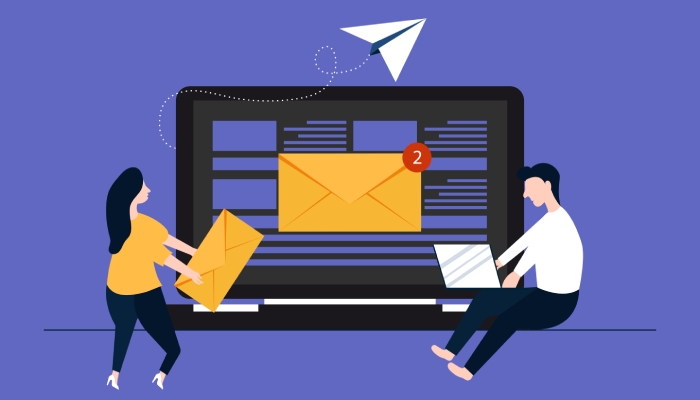
Future Trends in Cold Calling by Email You Need to Watch
The evolution of cold emailing is shaped by technological and regulatory advancements influencing B2B sales outreach:
- AI-Powered Personalization and Email Automation: Advances in AI will provide more sophisticated email personalization at scale, enabling smarter email sequences that adapt in real time to prospect behavior. Solutions like Groove and Mixmax are already incorporating predictive analytics.
- Omnichannel Sales Outreach: Integration of cold emailing campaigns with cold calling scripts, social media engagement, and chatbots, powered through platforms like HubSpot and Salesforce, will deliver more cohesive outbound marketing efforts.
- Improved Email Deliverability Techniques: Enhanced spam filter algorithms will require marketers to focus more on email reputation management and email list hygiene utilizing automation and dedicated IP services like SendGrid.
- Privacy-First Compliance: Stricter regulations will mandate transparency and reinforce permissions around prospect contact management, leading to the widespread adoption of consent-based email list building practices.
- Interactive Email Content: Incorporating tappable call to action buttons, embedded surveys, or mini-applications inside emails may boost engagement and response rates, driven by email service providers such as Constant Contact and GetResponse.
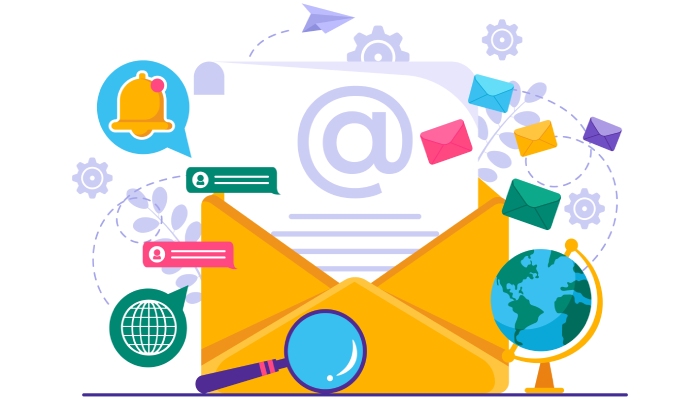
FAQs
What is the most important metric to track in a cold emailing campaign?
Email open rates and response rates are critical initial indicators, but conversion rates ultimately reflect the effectiveness of your cold emailing efforts within the sales funnel.
How can I improve email deliverability and avoid spam filters?
Maintain proper email list hygiene, ensure CAN-SPAM and GDPR compliance, use reputable email sending platforms like SendGrid or Constant Contact, and craft engaging, relevant content with clear value propositions.
How many follow-up emails should I send in a cold outreach sequence?
Industry best practices recommend 3 to 5 follow-up emails spaced out strategically, using personalized messaging to nurture cold leads without overwhelming prospects.
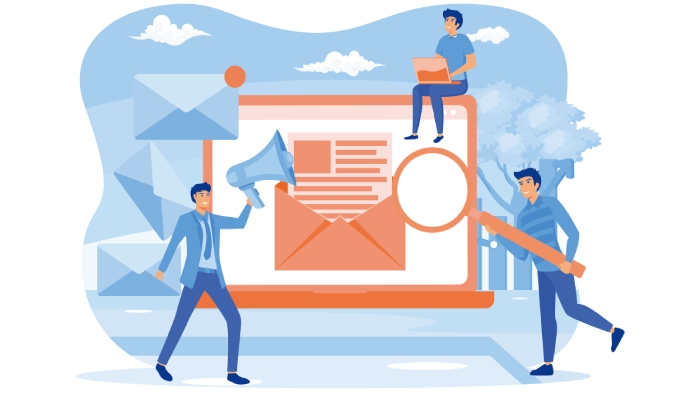
Can I use the same email templates for different target audiences?
While templates provide consistency, it’s vital to customize email personalization tokens and tailor messaging to specific prospect segments for higher engagement and conversion.
What tools can help automate and scale cold emailing efforts?
Platforms such as SalesLoft, Outreach.io, Mailshake, and Reply.io offer email automation, CRM integration, and robust sales prospecting capabilities to facilitate scaling.
Is cold emailing still effective in 2025 despite privacy regulations?
Yes, when executed with strong compliance, email personalization, and targeted prospect segmentation, cold emailing remains a powerful channel for B2B sales and lead generation.



